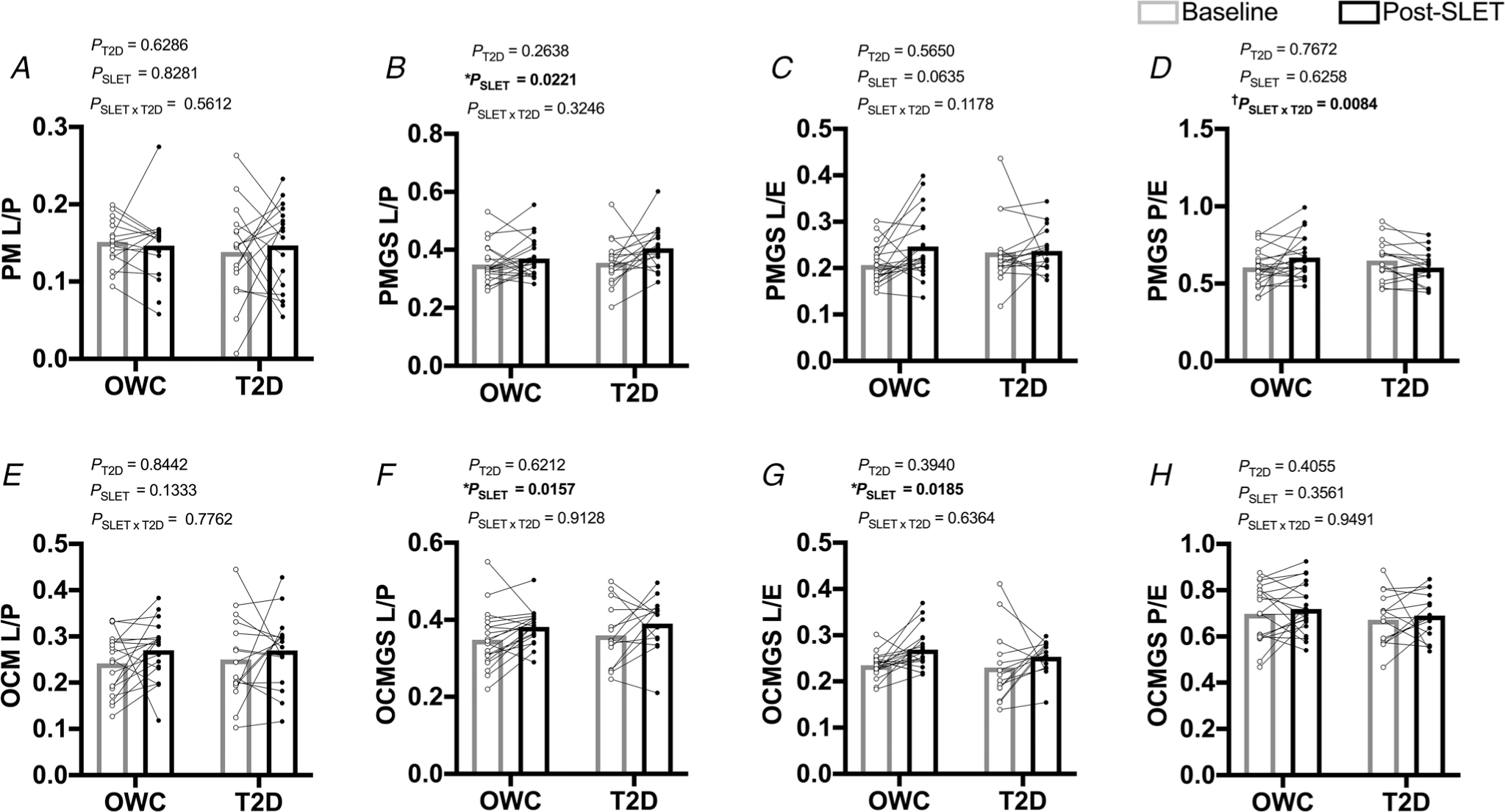Figure 3. Ex vivo mitochondrial respiration measured by Oroboros O2k.

A and E, ratio of O2 consumption from state 2 (L) and state 3 (P) respiration (inverses respiratory control ratio (RCR)) (P: Pyruvate, M: Malate (A); OCM: Octanoylcarnitine and Malate (E)). B and F, ratio of O2 consumption from state 4 (L) and state 3 (P) respiration (inverses respiratory control ratio (RCR)) (PMGS: Pyruvate, Malate, Glutamate, Succinate (B); OCMGS: Octanoylcarnitine, Malate, Glutamate, Succinate (F)). C and G, ratio of O2 consumption from state 4 (L) and max-uncoupled (E) respiration from 2 SUIT protocols (PMGS (C); OCMGS (G)). D and H, ratio of O2 consumption from state 3 (P) and max-uncoupled (E) respiration (OxPhos Ratio) from 2 SUIT protocols (PMGS (D); OCMGS (H)). Tables 2 and 3: corresponding raw respiration values. *Effect of single-leg exercise training (SLET). †P = 0.0084 for the interaction of SLET and T2D. Participants with overweight/obesity, without T2D (OWC; n = 20). Participants with T2D (T2D; n = 18).
